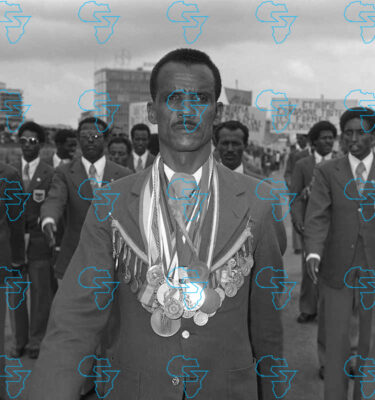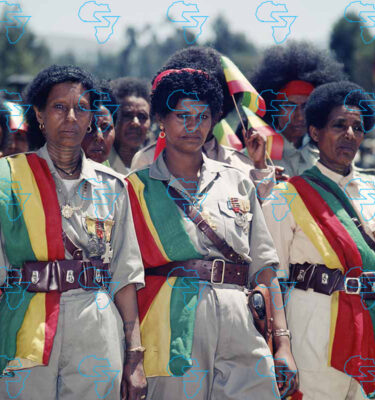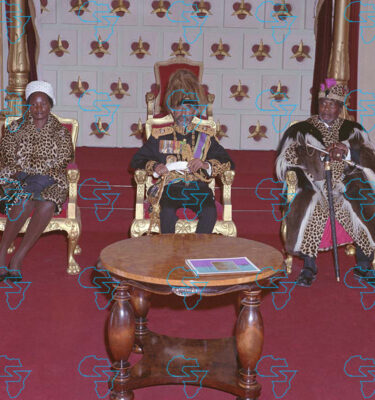
A five-year old law establishing a fund for the victims of human trafficking remains unrealized owing to a lack of supporting legislation, leaving returnees with little support in rehabilitation and reintegration, say senior officials from the Ministry of Justice.
Abraham Ayalew, head of the national cooperation secretariat at the Ministry, spoke about the lack of progress on the victim rehabilitation fund established by Parliament during an event this week marking the launch of an International Organization for Migration (IOM) initiative.
Although the Prevention and Suppression of Trafficking in Persons and Smuggling of Persons Proclamation established a fund for the rehabilitation of victims of human trafficking and smuggling in 2020, the absence of regulations and directives outlining how the fund will function means it exists only in name, according to Abraham.
The fund is meant to cover medical, legal, and health costs for trafficking victims, as well as pay for material support, technical training, reintegration, and the construction of shelters. It would also serve to “pay compensation determined by the court in accordance with Regulations to be issued by the Council of Ministers.”
From The Reporter Magazine
However, no regulations have been ratified by the Council yet.
The proclamation envisions the fund being pooled from the government budget, confiscated properties and fines collected from convicted traffickers, and grants and donations, but no money is flowing in due to the absence of a supporting legal framework.
“So far, we haven’t put any money seized from human trafficking into the government’s coffers. Of course, fines have been collected, but this money is not going into the fund either,” said Abraham.
From The Reporter Magazine
Trafficking has become increasingly entrenched in Ethiopia as shrinking work opportunities and worsening economic conditions push citizens, mostly youth, to emigrate in search of a better life. Although there are efforts being made to send Ethiopians abroad for work through formal channels, the vast majority of emigrants leave the country through a large trafficking network consisting of brokers and smugglers.
This often leads to serious rights violations, abuses, and deaths.
In August, more than 160 Ethiopian migrants were presumed dead after a boat capsized off the coast of Yemen. Seventy-six of them have since been confirmed dead, while the rest are still missing. This week, the bodies of 10 migrants (most of whom are Ethiopian) washed up on the coast of Djibouti.
The IOM estimates that up to 300,000 Ethiopians migrate each year, with the vast majority doing so through dangerous smuggling routes.
This week, the organization unveiled a five-year strategic plan aiming to provide sustainable solutions to displacement and find safe migration routes.
During the launch ceremony, Houria Ali, a state minister for Women and Social Affairs, noted that conflict, drought, and climate change are fueling illegal migration and human trafficking.
The strategic plan is a roadmap focused on preventing irregular migration by providing protection and life-saving support to displaced persons, rehabilitating and repatriating displaced people, and promoting a regular migration system, according to IOM Ethiopia chief Abibatou Wane.
.
.
.
#Human #Trafficking #Victims #Fund #Struggles #Paper #Years #Parliamentary #Approval
Source link











